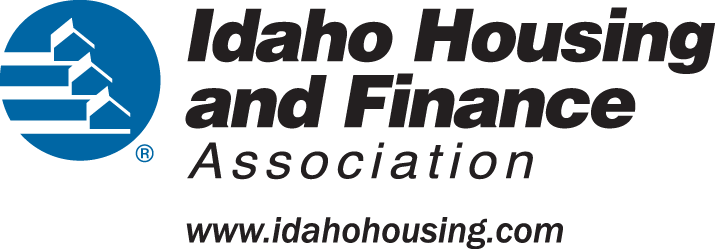
Find Food
Locate food closest to you
There are no requirements or income qualifications to use free food assistance services provided by The Idaho Foodbank or through its community network.

There are no requirements or income qualifications to use free food assistance services provided by The Idaho Foodbank or through its community network.

For Idaho residents in Boundary, Bonner, Kootenai, Shoshone, Benewah counties– food pantries are serviced by Second Harvest in Spokane.


Check our new findhelpidaho.org collaborative that includes resources from across the state. Partners include the Idaho Health Data Exchange, United Ways of Idaho, The Idaho Foodbank, the Idaho Nonprofit Center, Saint Alphonsus, Genesis Community Health, and the Idaho Department of Juvenile Corrections.

Idahoans often find themselves having to choose between paying for a roof over their heads or groceries. If you need help paying for housing, finding a rental, or are experiencing homelessness, visit idahohousing.com to be connected with resources.
The Supplemental Nutrition Assistance Program (SNAP) is the program otherwise known as food stamps. For information on the requirements for benefits in Idaho check out their resource page.
Commodity Supplemental Food Program (CSFP) improves the health of low-income seniors at least 60 years of age, by adding nutritious food to their diets. Programs include both home-delivered meals such as Meals on Wheels and senior congregate feeding programs. The Idaho Foodbank serves 2,200 seniors each month through this program.
The Emergency Food Assistance Program (TEFAP) helps supplement the diets of Idahoans who are low-income, including the elderly, by providing them with emergency food and nutrition assistance at no cost. The Idaho Foodbank supports the TEFAP program in Eastern Idaho. The Community Action Partnership Association manages the distribution of TEFAP across the other regions.
Women, Infants and Children Food and Nutrition Service (WIC) provides supplemental foods, health care referrals and nutrition education for low-income pregnant, breastfeeding, and non-breastfeeding postpartum women, and to infants and children up to age five who are found to be at nutritional risk.
Food Distribution Program on Indian Reservations (FDPIR) allows Indian Tribal Organizations (ITOs) to operate a food distribution program as an alternative to SNAP for those living on or near an Indian reservation.